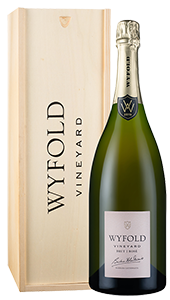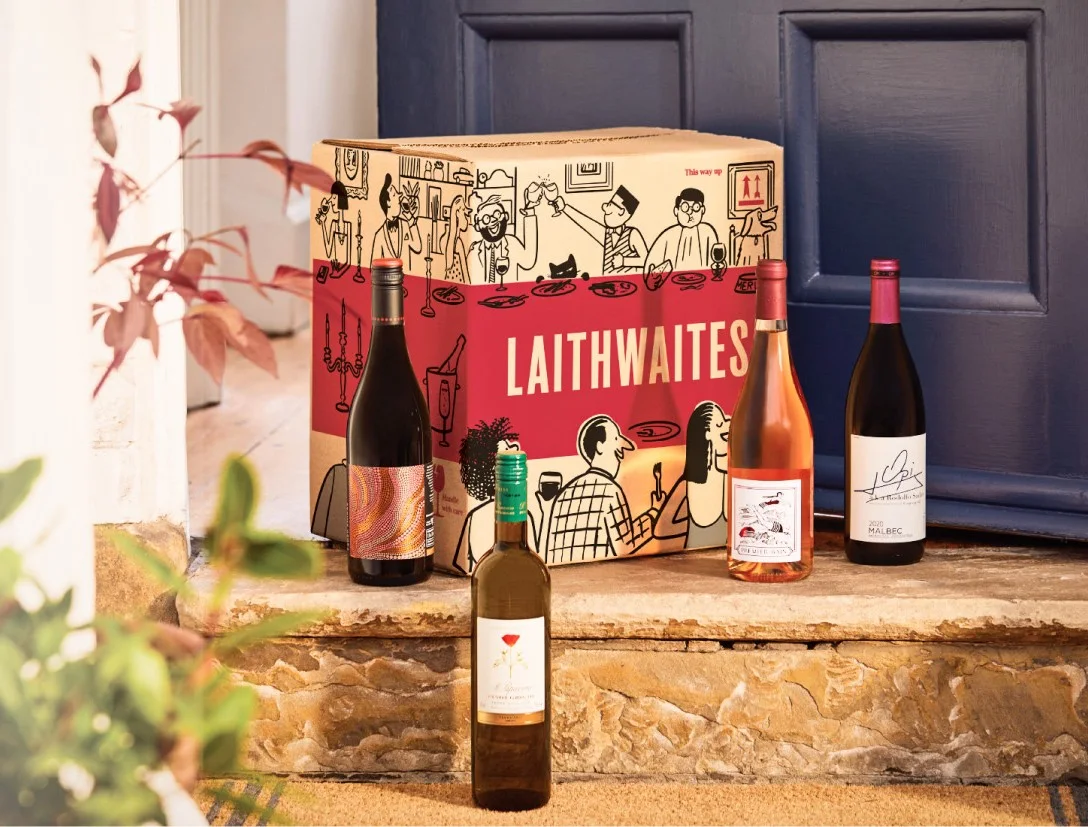Filter by
- Dazzling, home-grown sparkler to rival fine Champagne from England's Trophy-winning Roberts family£22.00 per bottleSAVE £3.00
- First cheese, then cider, now fine English fizz – a great bubbly from Blur bassist Alex James£26.00 per bottle
- Superb English Quality Sparkling wine from a Trophy-winning team. Ripe with creamy toasty length£22.00 per bottleSAVE £7.99
- Glorious English fizz from Barbara Laithwaite’s award-winning vineyard – a bubbly to rival Champagne£38.00 per bottle
- A delicious pale pink English fizz from the former winemaker of Nyetimber, Dermot Sugrue£31.50 per bottleSAVE £3.50
- Superb Brut Reserve from Henry Laithwaite at his award-winning winery in Marlow£34.00 per bottle
- A classy sparkler that outscores many Champagnes from an English producer with 26 Trophies to date!£30.00 per bottleSAVE £5.00
- Pure Pinot Noir richness and elegance in this fine English pink fizz from the rolling South Downs£39.99 per bottleSAVE £2.01
- Generous floral fruit and freshness in this exceptional pink fizz from one of England's top estates£21.00 per bottleSAVE £4.00
- Rare release of Trophy-winning Harrow & Hope's sumptuous, fine, flagship Blanc de Noirs fizz£42.00 per bottle
- Exceptional Brut fizz from the rolling hills of southern England and a Trophy-winning estate£25.00 per bottleSAVE £3.00
- Glorious English fizz from Barbara Laithwaite’s award-winning vineyard£79.00 per bottle
- Fine English fizz made from pure Chardonnay, from a top estate that has won 26 Trophies so far£30.00 per bottleSAVE £5.00
- Celebrate great English fizz and the rebirth of Windsor Great Park Vineyard with this noble sparkler£40.00 per bottleSAVE £4.00
- From 2019’s UK Winery of the Year, a superb all-Chardonnay English Sparkling from a fine vintage£40.00 per bottle
- Dazzling, home-grown sparkler to rival fine Champagne from England's Trophy-winning Roberts family£25.00 per bottle
- Former IWC and IWSC Trophy winner, this is a very fine pink fizz from an Oxfordshire estate£38.00 per bottle
- Superb English Sparkling rosé from Wine GB's 'English Winery of the Year 2019'£37.00 per bottle
- Glorious English fizz from Barbara Laithwaite’s award-winning vineyard – a bubbly to rival Champagne£38.00 per bottle
- Celebrate great English fizz with this superb pink from Windsor Great Park Vineyard£39.99 per bottleSAVE £10.00
- Last vintage an IWSC Trophy winner, this is a very fine pink fizz magnum from an Oxfordshire estate£79.00 per bottle
- Celebrate great English fizz and the rebirth of Windsor Great Park Vineyard with this noble sparkler£44.00 per bottle
- Exceptional Rosé fizz from the rolling hills of southern England and a Trophy-winning estate£25.00 per bottleSAVE £3.00
- Generous floral fruit and freshness in this exceptional pink fizz from one of England's top estates£20.00 per bottleSAVE £5.00






























